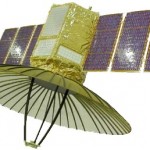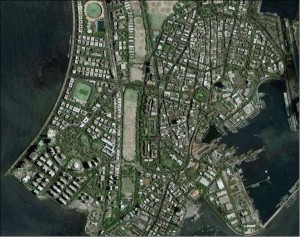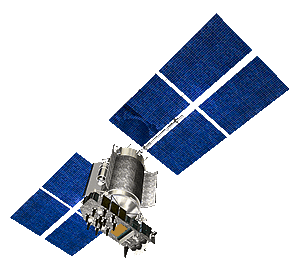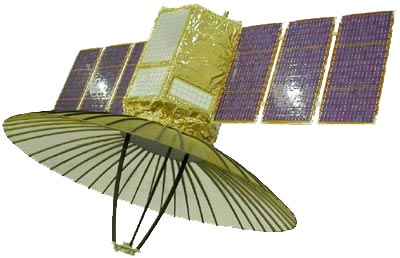
Indian armed forces are still to get their own dedicated communication and surveillance satellites despite several years of promises and plans. Last week in written reply to a question India’s Defense Minister, A.K.Anthony stated that steps have been taken for providing
a dedicated satellite facility to the armed forces and an Integrated Space Cell has been set up for acquiring space capabilities. During the naval commanders’ conference in 2009, A K Antony had declared that in early 2010 the satellite to boost connectivity over sea would be launched. Subsequently ISRO had revised the satellite’s launch window to December 2010-March 2011, But to no avail. The repeated failures of GSLV (Geosynchronous Satellite Launch Vehicle) and indigenous cryogenic engines are major areas of concern that has bogged India’s space program. ISRO is now left with only one of the cryogenic engines imported from Russia.

For a while India has been launching dual-use civil and military satellites. One such satellite with possible military uses is the Earth Observation Technology Experiment Satellite that has a 1-meter resolution. The Polar Satellite Launch Vehicle (PSLV) put this satellite into orbit in 2001 from the Sriharikota Range. Cameras in this remote sensing satellite mapped topography across India’s northern border for potential deployment of troops and weapons by adversaries. In 2008 Indian Space Research Organization (ISRO) launched the CARTOSAT 2A and followed it up with the launch of CARTOSAT 2B in 2010.
Both these satellites are known to have military uses. CARTOSAT 2A is a robust satellite that offers area specific spot imagery for cartography and the armed forces. It carries a panchromatic camera with spatial resolution better than 1 meter and covers a swath of 9.6 km. Cartosat-2B, has spatial resolution of 2 meters and covers a swath of 30 km. per camera. For the purpose of anti submarine warfare and bathymetric studies the Indian Navy can access data from the OCEANSAT 2 satellite.
As a knee jerk reaction to the Mumbai terrorist attacks in December 2008 ISRO launched the RISAT 2, which it purchased off the shelf from Israel Aerospace Industries. Data collected by the RISAT 2 is primarily used by the National Technical Research Organization (NTRO), which controls satellite with the Military. RISAT 2 also has the unique distinction of being India’s first satellite with a Synthetic Aperture Radar (SAR), which provides night and all-weather surveillance. (The Video above is describing the Israeli EL/M-2070 SAR system used in this satellite.) It is expected that by 2014 the $25 million indigenously developed Communication-Centric Intelligence Satellite (CCI-Sat) that is being developed by the Defense Electronics and Research Laboratory under the Defense Research and Development Organization will become operational.

The Defence Space Vision-2020 identified only intelligence, reconnaissance, surveillance, communication and navigation as the thrust areas in Phase-I till 2012. However, even such capabilities, which comprise the essential necessity to keep 24×7 surveillance on enemy troop activities, warships, airfields and missile sites as well as boost observation over Indian airspace, will remain inadequate in the absence of devoted military satellites.
The military and civil need for a countrywide GPS and associated applications is also upsetting India’s space program. A deal with Russia on its Global Navigation Satellite System (Glonass) satellites would mean easy access to the constellation.

One transponder could operate on a military communication frequency to support the air force network.ISRO has deliberated an Indian Regional Navigational Satellite GPS System (IRNSS) of seven satellites.
The constellation and ground support will be ready by 2014. Three satellites will be in geostationary orbit (34, 83 and 132 deg. E. Long.) over the Indian Ocean. Missile targeting could be an important military application for the constellation. The IRNSS will offer a customary positioning service and a restricted service, one in the L5 band and the other in S-band. Possibly by 2012 the IRNSS could be incorporated into the Russian Navigation Information System-Glonass system for hybrid applications. However, with no early launch in sight of the GSLV, talk is gaining ground that India should consider a foreign launcher for its GSAT-7 series of military satellites.
About the author: Debajit Sarkar
Debajit Sarkar is an Aerospace and Defense analyst and subject expert specializing in UVS, and smart weapons. In his consulting work Sarkar covered a broad range of international topics, including unmanned aerial systems and autonomous ground systems, 4+/5 Generation Fighters and stealth technology, electronic warfare, radar systems and more. Debajit Sarkar is living in Hyderabad India.

















